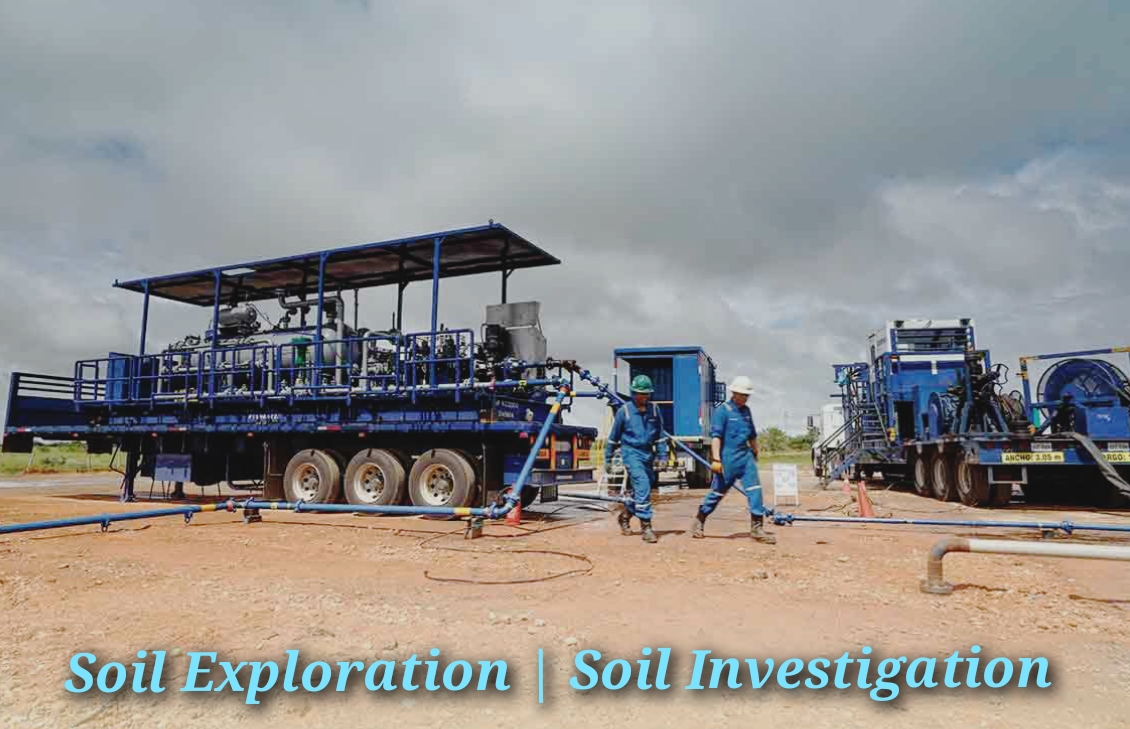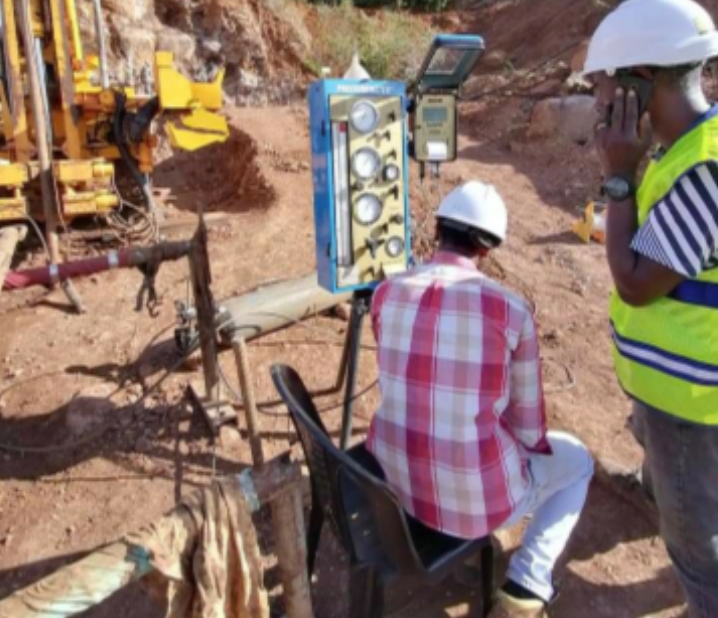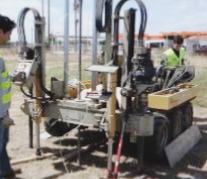Table of Contents
Soil Exploration Definition
Soil exploration involves studying and investigating soil to gather crucial information about its characteristics.
What Is Soil Exploration?
Soil exploration involves studying soils in the field and conducting tests in the lab to gather important information for designing and building projects correctly.
It is also called as soil investigation.

Engineers use soil exploration to understand the different layers of soil and their properties, which are crucial for making decisions about foundations, like how deep they should be and how much weight they can support.
Soil investigation techniques are used to collect and analyze soil information through lab tests. The main goals of soil exploration are to identify the type of soil, determine the depth and thickness of soil layers, and find the level of groundwater.
Engineers also collect samples of soil and rocks to test their properties, which affect how well the structures built on them will perform. Important factors that need to be evaluated through testing include basic soil properties like water content, strength, and how easily the soil can be compressed.
These properties include things like how sticky the soil is, how much friction it has, how easily it settles under pressure, and how much it can be compressed.
Objectives Of Soil Exploration
- Assessing the overall suitability of the site.
- Determining the type of soil deposits present.
- Developing a cost-effective and safe foundation design.
- Measuring the depth, thickness, and horizontal extent of different soil layers.
- Understanding the nature of each layer and its engineering characteristics that can impact construction design and techniques.
- Investigating the origin and fluctuations of groundwater.
- Predicting and addressing construction challenges related to climate change and other factors.
- Collecting rock and soil samples from various layers.
- Identifying sources of building materials and optimal locations for water and material disposal.
- Determining in-situ properties through field testing.
- Ensuring the safety of nearby existing structures.
- Identifying potential foundation issues and proposing appropriate remedies.
- Selecting suitable soil improvement methods.
- Assessing soil bearing capacity.
- Choosing the appropriate construction equipment.
Methods Of Soil Exploration
1. Visual Examination:
This involves observing and inspecting the soil’s color, texture, structure, and any visible features such as rock fragments, roots, or organic matter.
2. Auger Boring:
It is a common method where a hollow cylindrical auger is rotated into the ground to extract soil samples for examination. It helps determine the soil’s composition and layer thickness.

3. Test Pits:
Excavating test pits allows for a detailed examination of the soil layers, their thicknesses, and characteristics. It provides direct access to the soil for sampling and visual inspection.
4. Cone Penetration Testing (CPT):
A cone-shaped penetrometer is pushed into the soil, measuring the resistance to penetration. CPT provides information on soil stratigraphy, strength, and compaction.

5. Soil Sampling:
Various techniques can be used to collect soil samples, such as hand sampling, shovel sampling, or tube sampling. These samples are then analyzed for properties like moisture content, density, particle size distribution, and chemical composition.
6. Geophysical Methods:
Techniques like electrical resistivity, ground-penetrating radar (GPR), or seismic surveys can be employed to infer soil characteristics indirectly. They help identify subsurface anomalies, soil stratification, and water content.
7. Pressuremeter Testing:
A cylindrical probe is inserted into the soil and pressurized to measure the soil’s deformation and strength properties. This test is particularly useful for assessing soil stability and load-bearing capacity.

8. Plate Load Test:
It involves applying a known load to a circular plate resting on the soil surface and measuring the resulting settlement. This test determines the soil’s bearing capacity and settlement characteristics.

9. Dilatometer Test (DMT):
This in situ test measures the soil’s lateral stress and deformation properties. It involves inserting a cylindrical probe into the ground and expanding it radially while measuring the resulting stress and strain.

10. Permeability Testing:
Various methods like constant head, falling head, or pumping tests can be used to determine the soil’s permeability. These tests evaluate the soil’s ability to transmit water and help assess groundwater flow conditions.
Faqs
Studying soil for construction purposes.
Collecting data, 2) extracting soil samples, 3) testing and analyzing soil, 4) reporting findings and recommendations, 5) monitoring during and after construction.
Ensures safe construction by assessing soil strength, stability, and drainage.
Drilling, penetration tests, plate load tests, and geophysical methods.
Geotechnical engineers or specialized firms.
